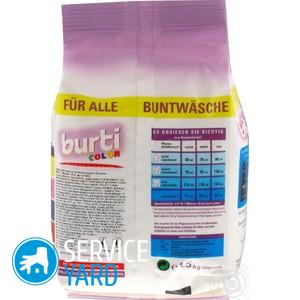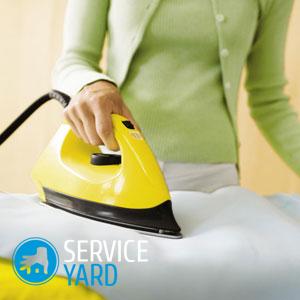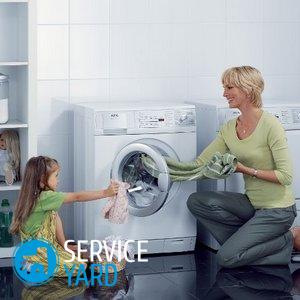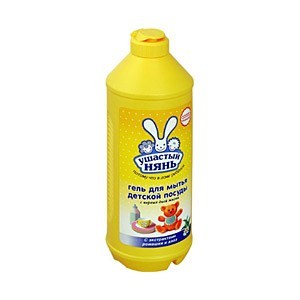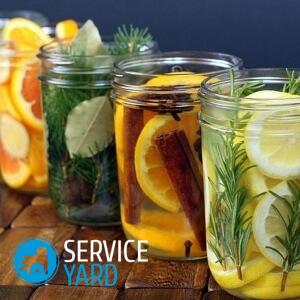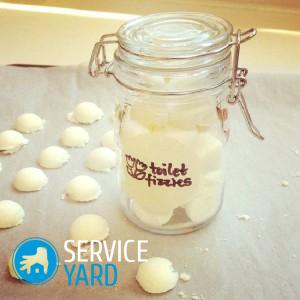DIY powder for a do-it-yourself machine
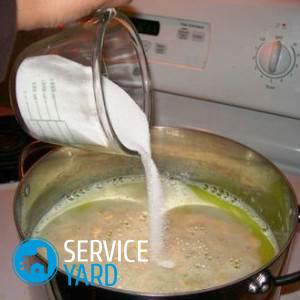
Shelves of hardware stores are simply bursting with an abundance of detergents - for hand and machine wash, for white, black and colored linen, for hard water - in short, if you want, you can find anything. Nevertheless, some housewives prefer to make washing powders themselves. Why, and is it possible to make detergent for a machine with a do-it-yourself machine? All this will be discussed in our article.
to contents ↑Why do you need homemade powder?
New powders, gels, pastes and laundry fluids appear almost every month. However, upon closer inspection, it turns out that finding what you need is actually not so simple. Either the powders contain not very useful substances, or the smell is too harsh, or the product is too expensive.
Making DIY powder yourself is safer, cheaper, and won't take much time. Not to mention the fact that you can make the fragrance the way you want.
The most harmful elements of factory powders
There are always surfactants in industrial detergents. Even if you rinse the laundry thoroughly, it is practically impossible to remove them completely - they are too well fixed on the fabrics. They are added to foam and dissolve fats.
How harmful are such substances?
- They easily penetrate the body through the pores of the skin.
- For many people, such powders cause allergies.
- It is believed that they adversely affect reproductive function.
- They cause metabolic disorders.
Important! In many cases, phosphates are added to the powder. They soften water, improve the quality of washing and enhance the action of surfactants. However, for health, metal compounds with phosphoric acid are not particularly useful, and only enhance the negative effects of surfactants. To understand how global the problem of unhealthy laundry detergents is, read more information in our special article. "The composition of the washing powder".
Having made the powder yourself, you will be firmly convinced that there are no harmful substances there, and this is the main advantage of such detergents. Only natural products, the safety of which has been tested for centuries.
to contents ↑How to replace surfactants?
The main task of the detergent is to wash, that is, remove dirt. What is the use if it is good for health, and spots remain on panties and dresses? But in an ordinary hardware store, pharmacy or hypermarket you will find a lot of very simple drugs, in addition, very cheap ones that will successfully replace both surfactants and phosphates.
For most homemade detergents, you will need:
- laundry or baby soap;
- borax;
- baking soda;
- soda ash;
- vinegar.
Laundry soap is good in that there are practically no additives in it. That is, by definition it can not cause allergies. Instead, you can take any toilet, but best of all children’s without fragrances.
Borax can be bought at a pharmacy, chemical store, or where gardener products are sold. There you will also find soda ash - it can, of course, be made at home from regular food, but this is not a very pleasant process.
For the preparation of softeners or pastes, vinegar is also needed - ordinary food, with a concentration of 3% or 9%.
Before you get to work, take care of the necessary equipment. Surely you already have everything you need:
- grater;
- several bowls;
- large glass jar or paper bag.
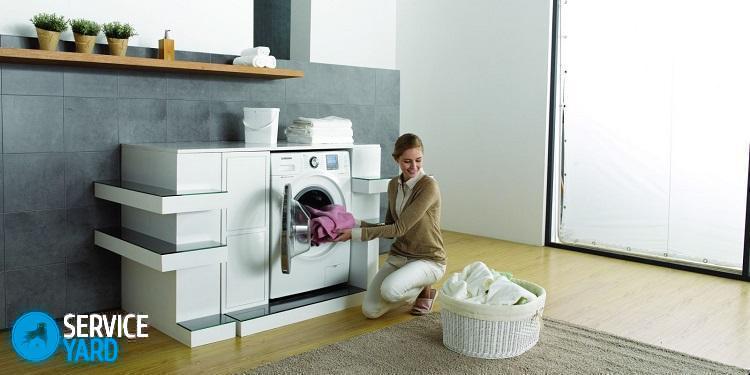
Features of simple substances
Baking soda has the ability to clean everything that comes in without causing special harm to objects. With the fibers of the fabric, it does exactly the same as with a kitchen sink or stove - it cleans, but does not damage. In addition, it miraculously whitens and perfectly removes odors.
Important! The only thing to keep in mind is that soda sometimes “eats” dye, so it should not be used for colored or black natural fabrics.
Soda ash
This is a more effective remedy than baking soda. In principle, adding it is not necessary, but if it is, washing will go faster.
Important! If it comes across a do-it-yourself washing powder recipe, but you don’t have the opportunity to buy this substance, simply replace it with the same amount of baking soda.
Borax
This substance has several names:
- sodium tetraborate;
- boric salt of sodium.
Borax perfectly cleans a variety of stains, and also has the ability to disinfect things. This is especially important if you are going to make powder for children's things.
Flavors
Perfume is an optional component, but many like it when it smells of roses, lavender or anything else, just as pleasant from the laundry. Nothing is impossible. You can add any essential oil to your creation.
By the way, natural oils not only give things the right flavor. They additionally disinfect linen and their specific effect:
- tea tree oil prevents fungal infections;
- chamomile and lavender soothe;
- eucalyptus softens cough;
- citrus fruits - dissolve fats.
So every time you can make a new washing powder for a do-it-yourself machine, depending on what you need at the moment.
Important! Do not use perfumes and deodorants for the manufacture of washing powders.
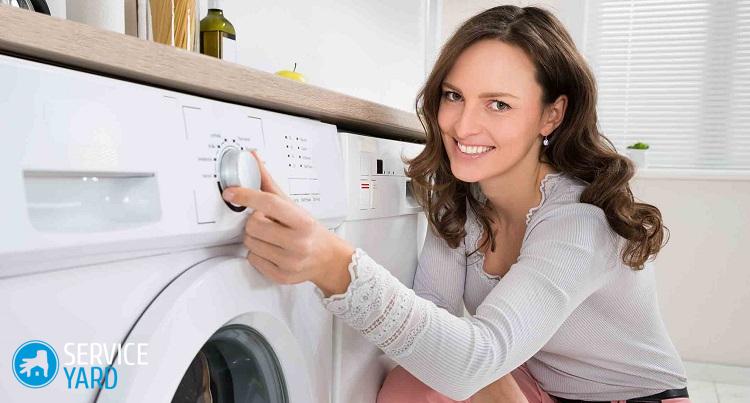
Laundry detergent from laundry soap and soda
This is the easiest recipe, so you can choose it for the experiment. You need:
- laundry soap - 150 g;
- baking soda - 500 g;
- soda ash - 400 g;
- essential oil;
- coarse or fine grater;
- jar for storage.
Important! Whether the tool is suitable for an automatic machine depends, oddly enough, on a grater:
- If it is small - the chips will also be small, and your product can easily be placed in a container for detergents.
- Soap grated on a coarse grater, suitable for hand washing and activator machine.
How to make soap powder for a do-it-yourself machine:
- Rub the soap.
- Sprinkle soap shavings with plain and soda ash.
- Mix well.
- Add a few drops of essential oil.
- Mix everything again.
to contents ↑Important! Regardless of which recipe you prefer, it is important to follow other rules for caring for things. See our articles for detailed instructions:
Soda, salt, soap
To prepare the powder for washing with your own hands, instead of soda ash, you can take ordinary salt. The manufacturing principle is the same - the smaller the fraction, the more the product is suitable for drum machines.
What is required:
- soap for children or household - 100 g;
- baking soda - 200 g;
- salt - 200 g;
- flavoring.
The manufacturing process is the same as in the first case: grate, mix, put into storage.
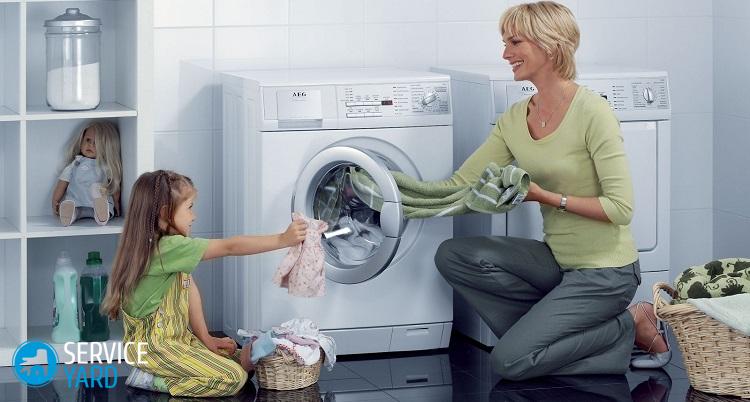
Citric Acid Recipe
Citric acid is also an excellent detergent. It copes well with many pollutants, so it can be used for washing dishes, and for processing kitchen furniture, and for fabrics.
For this detergent you will need:
- Laundry soap - 200 g;
- baking soda - 500 g;
- soda ash - 500 g;
- salt - 2 tbsp. l;
- citric acid - 3 tbsp. l .;
- flavoring.
Start work by making soap - grate it. Next, add the ingredients in this order:
- soda;
- salt;
- lemon acid;
- flavoring.
to contents ↑Important! Citric acid allows you to keep the color, so this do-it-yourself washing powder is especially good for colored and black materials. For white, however, he is also suitable.
Vinegar softener
Is it possible to make the simplest powder from soap and soda so that it does not “eat” the dye? You can, if you add a little vinegar. The ratio is as follows:
- soap - 200 g;
- baking soda - 200 g;
- soda ash - 200 g;
- vinegar - 2 tbsp. l;
- flavoring.
Vinegar is added after soda and soap are already mixed. After adding these components, the powder must be mixed again. Fragrance in this case is very desirable, since vinegar has a rather sharp smell.
Important! Vinegar can be 3% and 9%, but must be transparent so as not to stain.
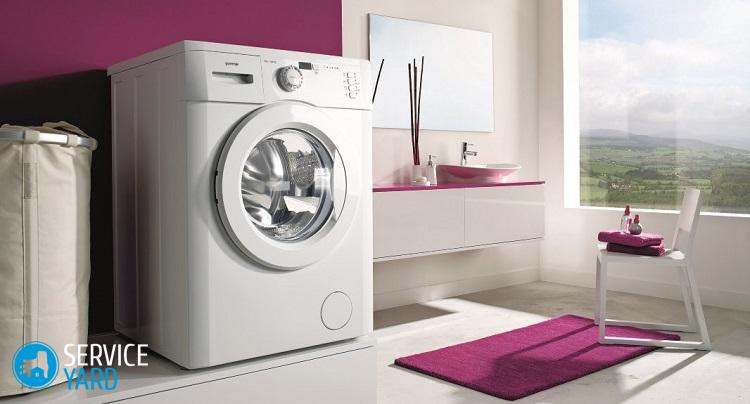
Liquid detergent
For washing machines, liquid and gel products are more suitable for powders, which are not always washed well from the tray. You can cook such a tool at home.
You need:
- soap - 100 g;
- soda - 200 g;
- water - 1 l;
- essential oil.
Important! To store such a tool, a glass or plastic jar with a tight lid is suitable.
It is being prepared like this:
- Rub soap - in this case, it does not matter whether it is large or small.
- Add soda.
- Boil water.
- Pour boiling water over a mixture of soap and soda.
- Wait for the powder to dissolve.
- Add the essential oil and mix everything.
Important! Perhaps, in an effort to reduce the amount of unsafe chemistry used in everyday life, you will also be interested to know:
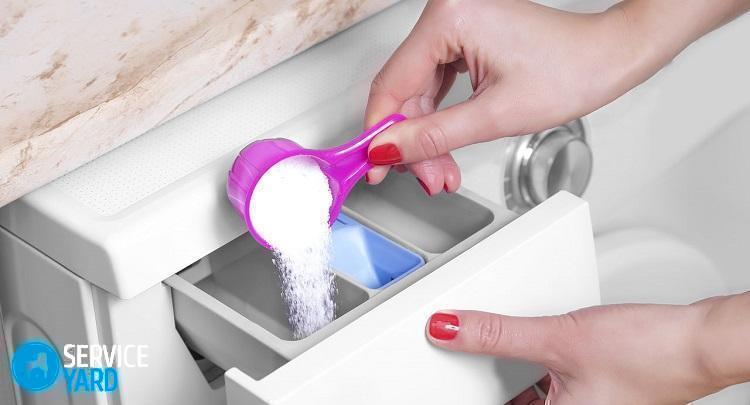
Brown remedies
There are several options for making detergents with borax.
Option 1
Mix grated soap, borax and soda ash in equal amounts. Try to avoid noticeable lumps.
Important! By the way, for the preparation of powders it is very useful to use a mixer, only then it must be washed very well.
Option 2
For this recipe you will need coconut soap, but you can do without flavoring. To prepare soap powder for a do-it-yourself machine, 100 g of soap shavings and 150 g of borax and soda are mixed.
Option 3
Mix 300 g of grated soap, 200 g of borax and soda ash and 100 g of baking soda. Add flavoring if necessary.
Option 4
In some cases, factory-made water softeners can be used to make homemade powders. Soap in this case is not needed. Mix:
- 100 g of soda ash and softener;
- 200 g borax and flavor.
Option 5
This is a children's powder for washing with their own hands - with disinfectants and antifungal agents.
Mix:
- fine soap chips - 150 g:
- borax - 200 g;
- baking soda - 500 g;
- tea tree oil - a few drops.
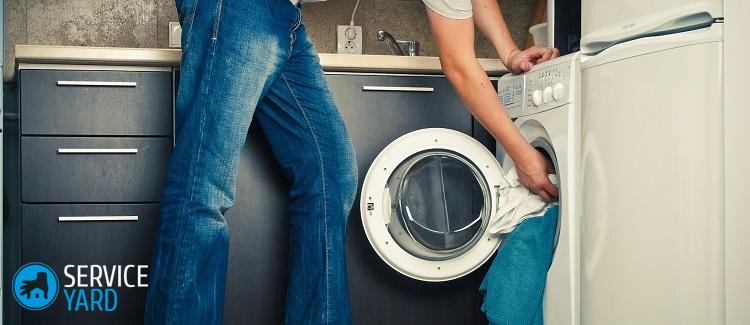
Washing paste
This tool is also made on the basis of borax.
Important! It can be used not only for washing, but also, for example, for cleaning kitchen furniture or plumbing.
To prepare liquid detergent, in addition to soda, borax and soap, you will need a bucket, a small pot and water.
We act:
- Rub 100 g of soap.
- Put it in the pan.
- Pour in cold water - it needs about 1.5 liters.
- Place the pot on the stove.
- Make a small fire.
- Beat the contents of the pan with a spoon until the soap dissolves.
- Add borax.
- Add soda.
- Keep whipping.
- The mixture should double in volume, like a dough.
- Remove the pan and cool at room temperature.
- Pour into a bucket of hot water - about a quarter.
- Put the contents of the pan in boiling water.
- Shuffle.
- Leave on for 24 hours.
- Transfer the product to a glass or plastic jar with a tight lid.
Important! You will have enough of such a tool for a long time, because a standard glass of water is used for a standard washing machine only a glass of substance.
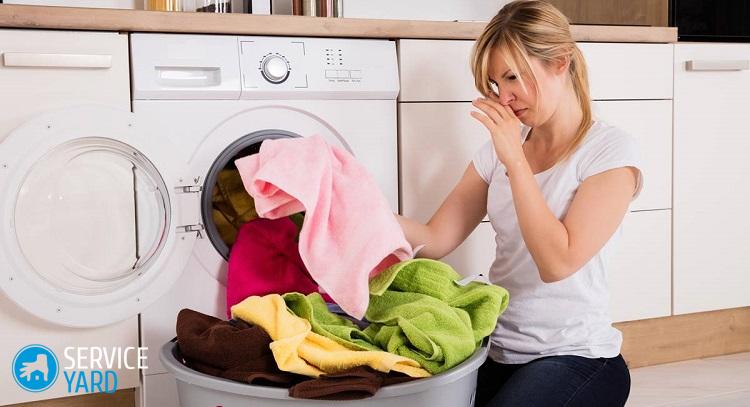
Safety regulations
The manufacture of washing powders, pastes and liquids cannot be called complex chemical processes. You have to deal with simple substances that can hardly harm you.
However, some safety rules should still be followed.
- Work in a mask or respirator - some substances irritate the mucous membrane.
- Use a balance - exact proportions are essential for washing to be effective.
- Use flavors that do not cause discomfort to your family members.
How to apply homemade products?
- Do-it-yourself washing powders and pastes are used in the same way as factory ones. The expense is small - 1 cup of the product per 5 kg of laundry.
- If you wash in an automatic machine, the powder can be placed in a container and in a drum.
- If you managed to finely rub the soap - pour the product into the tray, into the compartment for the main wash.
- Coarse powder is best placed directly in the drum; it may not be washed out of the tray.
- Liquid and paste-like products can be placed both in the container and in the drum.
Stock footage
Now you have several recipes at hand to experiment with and choose a detergent for a do-it-yourself machine that will fully meet your requirements for ease of manufacture, efficiency and gentle washing.




